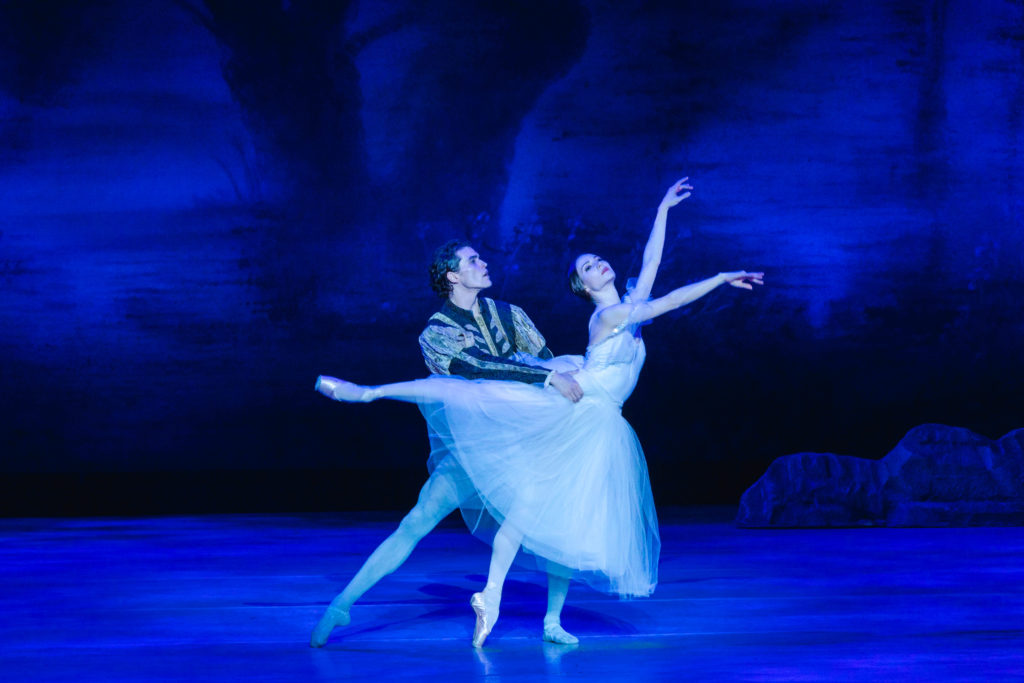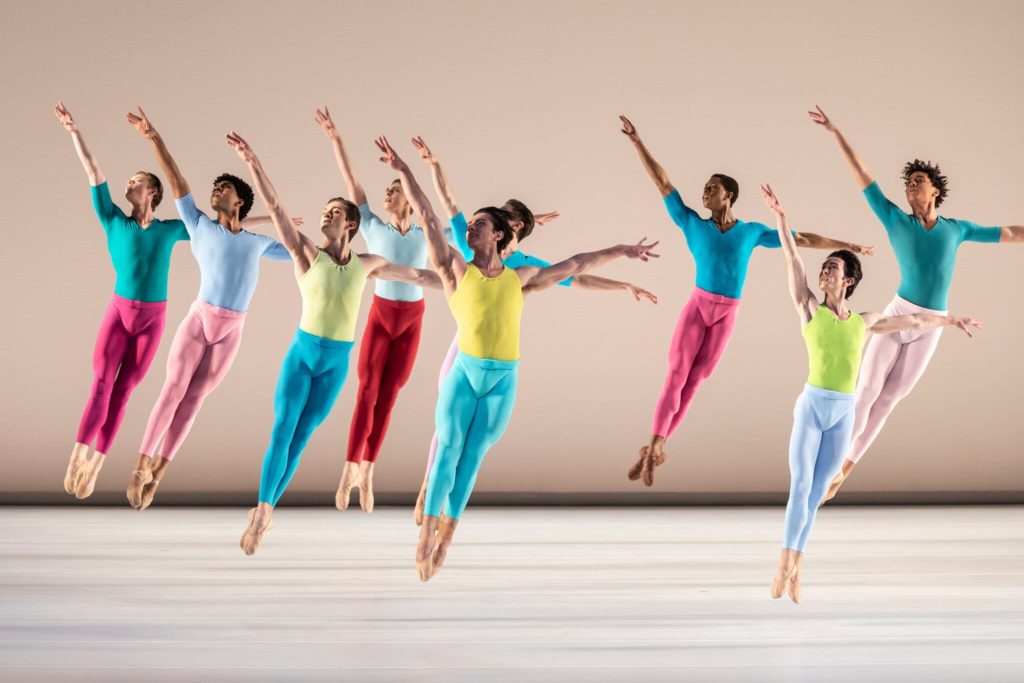VIEWPOINTS – Dusting off GISELLE and COPLAND: Alexei Ratmansky and Justin Peck unveil highly anticipated full length works
- By drediman
- February 6, 2023
- No Comments
This past week, I attended two highly anticipated full evening works of dance that dusted off familiar material – one an exquisite reconsideration of a beloved classical ballet, the other a recasting of a trio of familiar ballet scores. Here are my thoughts, as always.
GISELLE
United Ukrainian Ballet at the Kennedy Center
Closed

This week at the Kennedy Center in Washington, D.C., the United Ukrainian Ballet performed Alexei Ratmansky’s refocused take on Giselle (HIGHLY RECOMMENDED). Even more so than other works, the ballet’s original DNA has been inextricably linked to the piece, which makes Ratmansky’s version all the more startling in the freshness of its retelling. Ever the humanist and dance historian, the much sought-after choreographer – who was recently appointed to the coveted role of resident choreographer at New York City Ballet – has looked to some of the work’s first notations to inform his version’s more human scale, along the way shedding much of the melodrama that has crept up over the years. The intelligent modifications have resulted in uncluttered, clearly supported storytelling, in which every new detail (e.g., the smartly revamped mime, the elimination of Giselle’s heart condition) elicits emotions that are both sharper and more nuanced. Featuring functional but handsome sets and costumes generously lent by the Birmingham Royal Ballet, this new version is molded closely to Ratmansky’s 2018 staging of Giselle for the Bolshoi Ballet. Although smaller in scale than its Russian counterpart (particularly the scenes involving the royal party), I found the United Ukrainian Ballet’s rendition to be tremendously moving in its honesty, commitment to storytelling, and other obvious reasons. The performance I attended featured the youthful and affecting pairing of Iriyna Zhalovska and Denys Nedak in the title role and Albrecht. Both beautiful classically trained dancers, they gave unaffected, natural performances that felt at home with the choreographer’s clean, thoughtfully-etched storytelling. In summary, Ratmansky’s Giselle is an important achievement and the performance by the United Ukrainian Ballet will stay with more for a long time to come.
COPLAND DANCE EPISODES
New York City Ballet at the David H. Koch Theater
In repertory this winter season through February 7 (the work returns for City Ballet’s spring season)

Then there’s Justin Peck’s Copland Dance Episodes (RECOMMENDED) for New York City Ballet, which had its world premiere this winter season at the David H. Koch Theater. The piece is set to a trio of iconic Aaron Copland ballet scores – “Rodeo”, “Appalachian Spring”, and “Billy the Kid” (Agnes de Mille, Martha Graham, and Eugene Loving, respectively, originally provided the choreography to them). The evening – which represents the star dance-maker’s first full length work – commences with an overture of sorts – the composer’s recognizable “Fanfare for the Common Man”. And then from there, we’re off. First up is the familiar choreographic flourishes of the pre-existing “Rodeo”. It’s fascinating to see how much the texture of the testosterone-driven dance – which in this iteration has unfortunately eschewed some of its more playful moments – has changed simply by shifted its costuming and lighting elements. The work then bleeds into the gentler landscape of “Appalachian Spring”, which is led by the women. The entire company then stirringly comes together for the “Billy the Kid” finale. From the get-go, it seems as if Peck aspires to shake Copland’s musical compositions from the kind of cloying, dated notion of Americana to which they have become closely associated. Instead, the choreographer seems intent to evoke more of a general, universal sense of humanity. As such, the piece comes across as both more accessible and vague. These attributes are most immediately discernible from the work’s all-inclusive rainbow designs (the colorful sets and costumes are courtesy of Jeffrey Gibson and Ellen Warren). At the performance I attended, maestro Andrew Litton brought needed unity to the three discrete compositions, which is played continuously sans breaks (in total, the piece runs approximately 75 minutes). Thankfully, Peck has developed choreographic through-lines for the ballet’s principal roles (throughout, soloist Mira Nadon took my breath away), which further fosters cohesiveness. That being said, I’m eager to see the work again, mostly to more clearly discern the work’s overarching shape, which ultimately eluded me on initial viewing.

 Copyright © 2025
Copyright © 2025
Leave a Reply